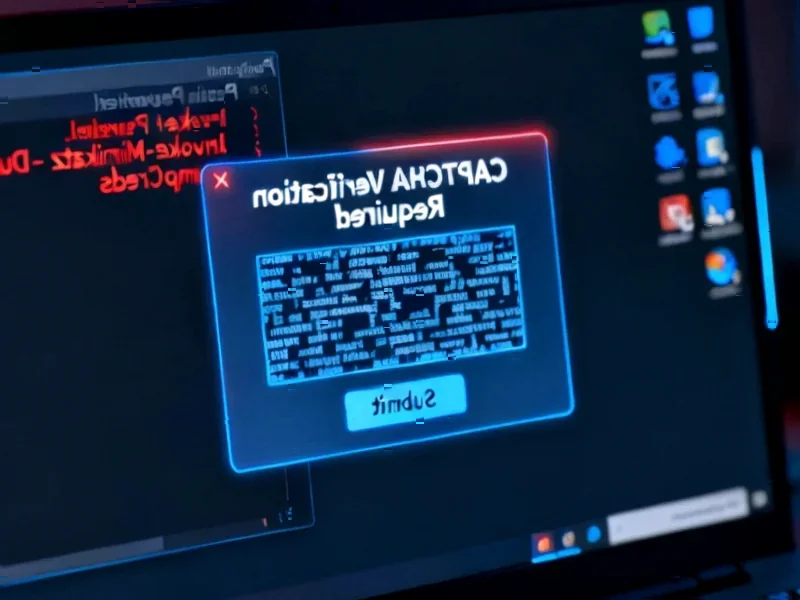According to Infosecurity Magazine, cyber attackers have dramatically shifted tactics toward using legitimate tools already installed in organizational environments. A Bitdefender analysis of 700,000 high-severity attacks found that 84% now leverage Living-off-the-Land techniques, where threat actors use trusted applications like PowerShell and Microsoft Office features rather than traditional malware. In one common scenario, attackers send seemingly normal invoice emails that contain malicious VBA macros, which then trigger PowerShell commands that appear as routine administrative activity. The research also reveals that organizations have nearly 200 legitimate tools that could potentially be weaponized by attackers. While 64% of UK cybersecurity leaders recognize they need to reduce their attack surface by disabling unnecessary tools, traditional blanket policies often fail because they either block productivity or leave security gaps.
Why this is so hard to stop
Here’s the thing about these Living-off-the-Land attacks: they’re brilliant in their simplicity. Attackers aren’t bringing malware through the front door anymore – they’re using tools that are already inside your castle. PowerShell? Your IT team uses it daily. Office macros? Finance probably needs them. So when security tools see these applications running, they just shrug and say “looks normal to me.”
And that’s the core problem. Traditional security is built around detecting known bad stuff – signatures, suspicious files, unfamiliar applications. But when the “bad stuff” is literally the same software your admins use every day, the old rules don’t apply. It’s like trying to spot a spy who speaks perfect English, dresses like everyone else, and knows all your company’s procedures.
The productivity-security trap
So why don’t companies just block all these risky tools? Because that creates a different nightmare. Imagine telling your IT team they can’t use PowerShell anymore. Or telling accounting they can’t open Excel files with macros. Basically, you’d grind business to a halt.
This is where traditional security approaches completely fail. Blanket policies are either so restrictive that people can’t work, or so lenient that attackers walk right through. And let’s be honest – most organizations choose productivity over security every time. Who’s going to be the executive who says “sorry, we can’t process invoices anymore because they might contain malicious code”?
A smarter approach
Bitdefender’s approach with their GravityZone PHASR technology is interesting because it tries to solve this exact problem. Instead of treating everyone the same, it learns individual behavior patterns. Does Sarah in accounting need PowerShell? Probably not. Does Bob in IT? Absolutely.
The system uses machine learning to understand normal versus abnormal usage of these tools. If someone who never uses PowerShell suddenly starts running suspicious commands, it can block that activity while allowing legitimate admin work to continue. This tailored approach actually makes sense – unlike the one-size-fits-all security that most companies still rely on.
According to their 2025 Cybersecurity Assessment, this proactive hardening makes it harder for attackers to develop reliable evasion techniques. If security behaves differently across an organization, an attack that works in one department might fail in another.
The real challenge ahead
But let’s be skeptical for a moment. Machine learning solutions sound great in theory, but we’ve seen plenty of AI security promises fall short. The question is: can these systems really distinguish between sophisticated attackers and legitimate users having a bad day? What happens when an admin needs to do something unusual during an emergency?
The shift toward Living-off-the-Land tactics represents a fundamental change in the threat landscape. Attackers have realized that the easiest way to bypass security is to not look like an attacker at all. They’re blending in, using the same tools, following the same patterns – until they don’t.
Organizations that stick with traditional security approaches are basically bringing a knife to a gunfight. The rules have changed, and our defenses need to change with them. The question isn’t whether you’ll face these attacks – it’s whether you’ll even know they’re happening.




